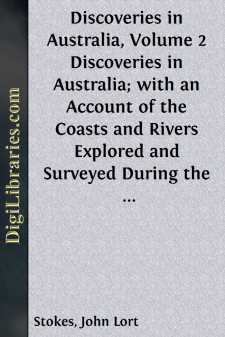Categories
- Antiques & Collectibles 13
- Architecture 36
- Art 48
- Bibles 22
- Biography & Autobiography 816
- Body, Mind & Spirit 145
- Business & Economics 28
- Children's Books 17
- Children's Fiction 14
- Computers 4
- Cooking 94
- Crafts & Hobbies 4
- Drama 346
- Education 58
- Family & Relationships 59
- Fiction 11834
- Foreign Language Study 3
- Games 19
- Gardening 17
- Health & Fitness 34
- History 1378
- House & Home 1
- Humor 147
- Juvenile Fiction 1873
- Juvenile Nonfiction 202
- Language Arts & Disciplines 89
- Law 16
- Literary Collections 686
- Literary Criticism 179
- Mathematics 13
- Medical 41
- Music 40
- Nature 179
- Non-Classifiable 1768
- Performing Arts 7
- Periodicals 1453
- Philosophy 66
- Photography 2
- Poetry 897
- Political Science 203
- Psychology 45
- Reference 154
- Religion 516
- Science 126
- Self-Help 85
- Social Science 82
- Sports & Recreation 34
- Study Aids 3
- Technology & Engineering 59
- Transportation 23
- Travel 463
- True Crime 29
John Lort Stokes
John Lort Stokes (1811–1885) was a British Royal Navy officer and hydrographer best known for his exploration work in Australia and New Zealand. He served aboard HMS Beagle for nearly two decades, participating in surveys of the South American coast and later commanding the ship during a voyage in Australian waters. Stokes authored "Discoveries in Australia," a two-volume work detailing his explorations, including mapping significant portions of the Australian coastline. His contributions to hydrography earned him recognition in both navigation and geographical exploration.
Author's Books:
Sort by:
by:
John Lort Stokes
CHAPTER 1.1. INTRODUCTION.Objects of the Voyage.The Beagle commissioned.Her former career.Her first Commander.Instructions from the Admiralty and the Hydrographer.Officers and Crew.Arrival at Plymouth.Embark Lieutenants Grey and Lushington's Exploring Party.Chronometric Departure.Farewell glance at Plymouth.Death of King William the Fourth.For more than half a century, the connection between Great...
more...
by:
John Lort Stokes
LEAVE PORT ESSINGTON. Early on the morning of the 4th of September, 1839, the Beagle was once more slipping out of Port Essington before a light land wind. We had taken a hearty farewell of our friends at Victoria, in whose prosperity we felt all the interest that is due to those who pioneer the way for others in the formation of a new settlement. No doubt the hope that our discoveries might open a new...
more...



